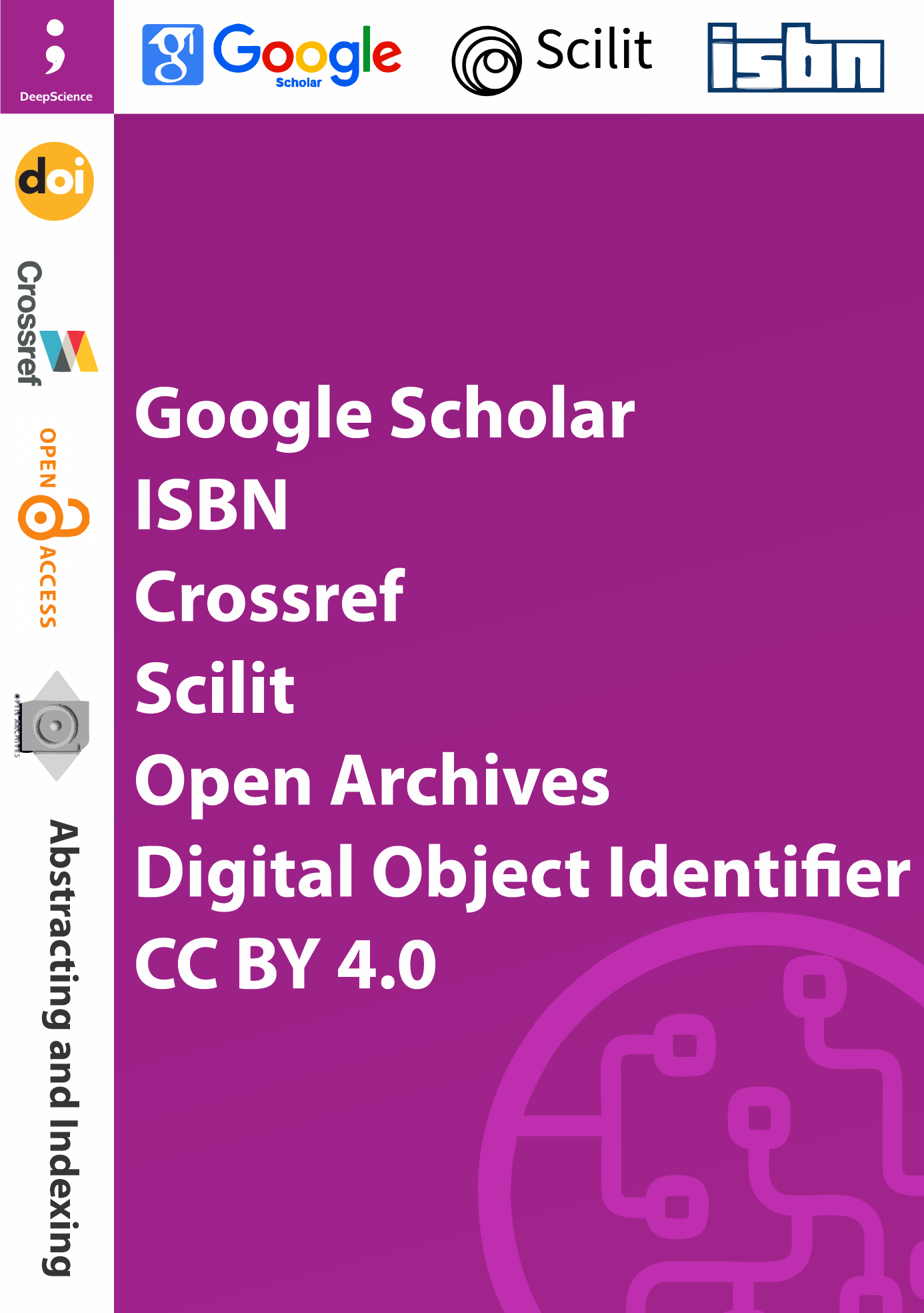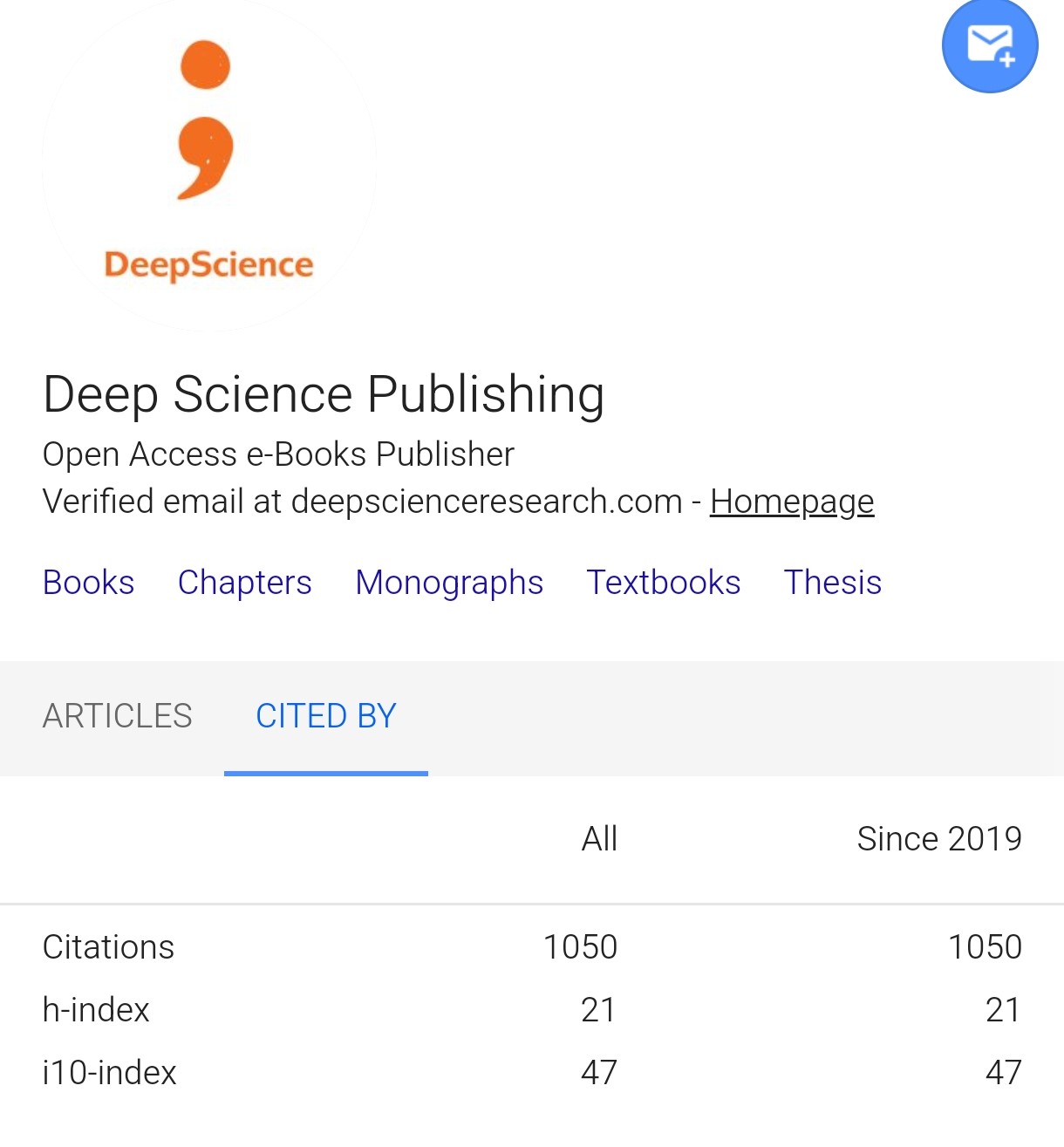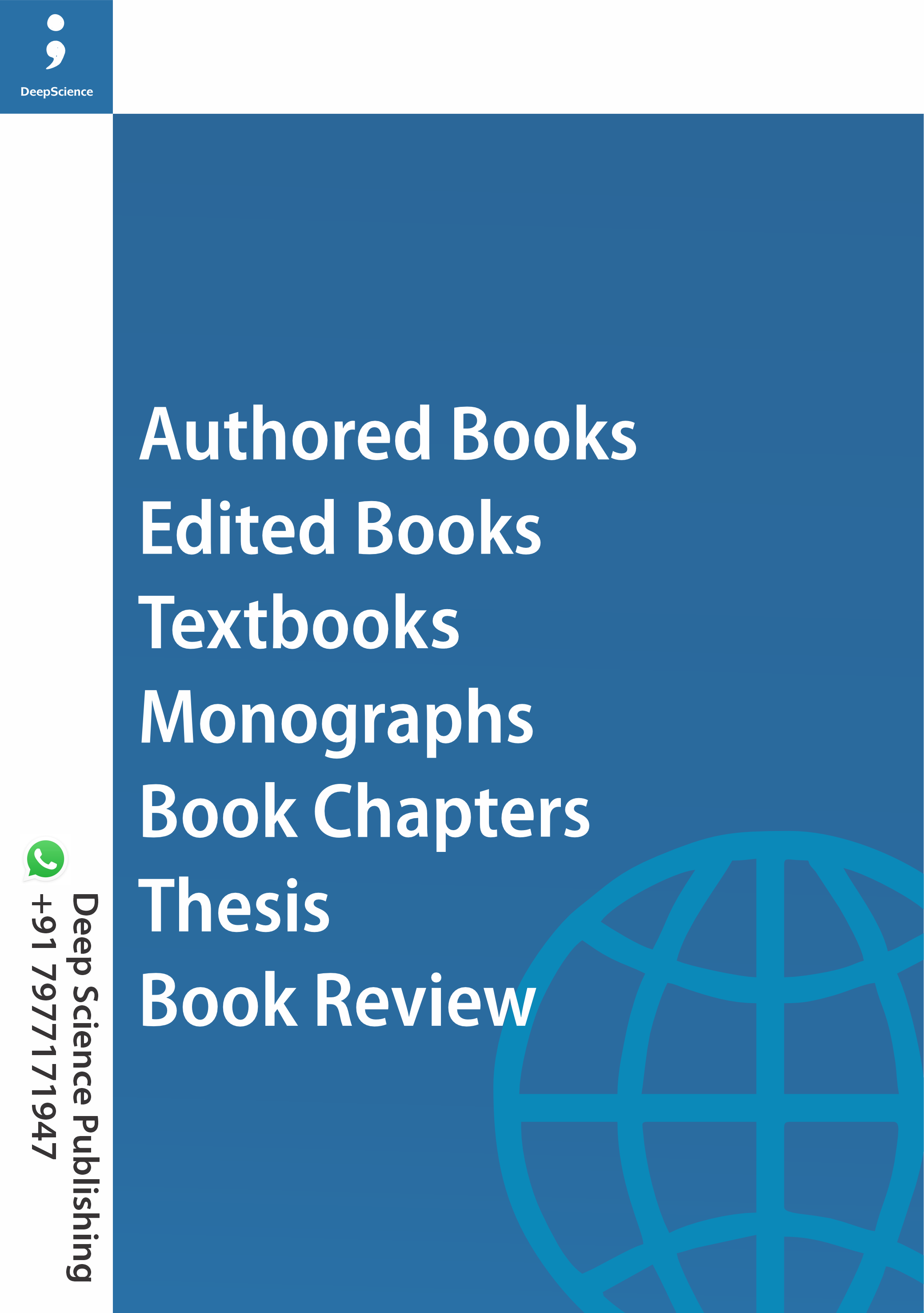Mastering Microsoft Fabric: Unified Data Engineering, Governance, and Artificial Intelligence in the Cloud
Keywords:
Data Governance, Microsoft Fabric, Artificial Intelligence, Machine Learning, Data Lakehouse, Business Intelligence, Data IntegrationSynopsis
The development of cloud platforms has changed how organizations manage data, implement governance, and incorporate artificial intelligence into business processes. Microsoft Fabric combines data engineering, governance, real-time analytics, and AI into a single, scalable ecosystem.
This book, Mastering Microsoft Fabric: Unified Data Engineering, Governance, and AI in the Cloud, is designed for professionals, researchers, and architects interested in Microsoft Fabric. It covers real-world use cases, architectural patterns, and practical implementations, this guide explores how to build modern, governed, and intelligent data systems that meet the demands of today’s dynamic digital environments.
Drawing on extensive experience in databases, cybersecurity, and AI, I have written this book to address the divide between theoretical concept and practical implementation. This work focuses on role- and rule-based access control, multi-tenant data governance, AI integration, and secure data pipelines, all critical pillars in modern enterprise architecture.
This book functions as both a technical guide and a strategic reference, outlining how Microsoft Fabric is influencing cloud-native data engineering and decision-making. It aims to inform readers about compliance focused architectures and servers as a resource for professionals working within cloud-first and AI-driven environments.
References
Shivadekar, Samit. "Secure Multi-Tenant Architectures in Microsoft Fabric: A Zero-Trust Perspective." (2025).
Bai, Haishi. Programming Microsoft Azure Service Fabric. Microsoft Press, 2018.
S. P. Panda, Relational, NoSQL, and Artificial Intelligence-Integrated Database Architectures: Foundations, Cloud Platforms, and Regulatory-Compliant Systems. Deep Science Publishing, 2025. doi: 10.70593/978-93-7185-129-9.
John, Tomcy, and Pankaj Misra. Data lake for enterprises. Packt Publishing Ltd, 2017.
Inmon, Bill. Data Lake Architecture: Designing the Data Lake and avoiding the garbage dump. Technics Publications, LLC, 2016.
Sawadogo, Pegdwendé, and Jérôme Darmont. "On data lake architectures and metadata management." Journal of Intelligent Information Systems 56.1 (2021): 97-120.
Microsoft. "OneLake in Microsoft Fabric." Microsoft Learn, https://learn.microsoft.com/en-us/fabric/onelake/. Accessed 7 July 2025.
Ghosh, Debananda. "Real-Time Analytics with Microsoft Fabric." Mastering Microsoft Fabric: SAASification of Analytics. Berkeley, CA: Apress, 2024. 209-241.
Tommasini, Riccardo, et al. "Declarative Languages for Big Streaming Data." EDBT. 2020.
Shivadekar, S.(2025). Artificial Intelligence for Cognitive Systems: Deep Learning, Neuro-symbolic Integration, and Human-Centric Intelligence. Deep Science Publishing. https://doi.org/10.70593/978-93-7185-611-9
J. Lawless, "Microsoft and the Future of AI," 2018.
J. Bosch, I. Crnkovic, and H. Holmström Olsson, "Engineering AI Systems: A Research Agenda," 2020.
S. P. Panda, Relational, NoSQL, and Artificial Intelligence-Integrated Database Architectures: Foundations, Cloud Platforms, and Regulatory-Compliant Systems. Deep Science Publishing, 2025. doi: 10.70593/978-93-7185-129-9.
Kempson, Ruth M. Semantic theory. Cambridge University Press, 1977.
Fox, Danny. Economy and semantic interpretation. Vol. 35. MIT press, 2000.
Borra, Praveen. "Microsoft Fabric Review: Exploring Microsoft's New Data Analytics Platform." International Journal of Computer Science and Information Technology Research 12.2 (2024): 34-39.
S. P. Panda, Artificial Intelligence Across Borders: Transforming Industries Through Intelligent Innovation. Deep Science Publishing, 2025. doi: 10.70593/978-93-49910-25-6.













